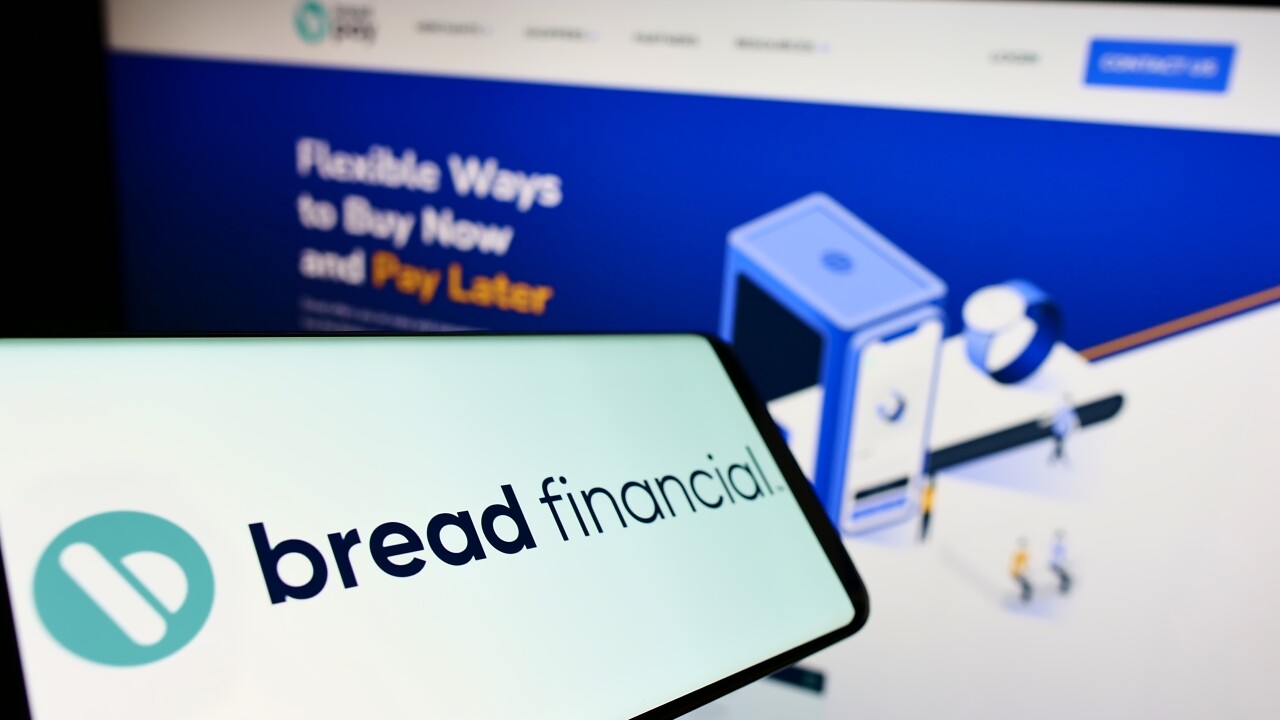
Bank stocks rallied in the wake of bullish earnings results from bellwether lenders and a favorable core inflation reading that could keep the door open for interest rate reductions this year.
The KBW Nasdaq Bank Index gained 4% on Wednesday. It leveled off and then dipped slightly in morning trading the following day but remained up about 5% year to date.
The midweek advance followed
Several of these banks reported substantial revenue growth boosted by better-than-expected net interest income. Deposit costs started to notably decline in the fourth quarter following three Federal Reserve interest rate cuts in the second half of 2024. At the same time, rates remain high compared to the pre-pandemic era. This enabled banks to price new loans at higher levels than older loans that were paid off. The net result was improved revenue on interest income.
Big banks also reported strength in capital markets and investment banking that bolstered fee income.
Most banks that have reported so far in the early days of fourth-quarter earnings also posted stable credit quality and modest levels of costs tied to credit losses — favorable signs for balance-sheet health this year.
Several bank executives highlighted the resilience of the U.S. economy — employers added 256,000 jobs in December — and confidence in the incoming Trump administration's
"We feel optimistic about where we are going into 2025 both because of where the economy is and the strength that has existed, as well as the business-friendly approach from the incoming administration," Wells CEO Charlie Scharf said on an earnings call.
Analysts at D.A. Davidson said the upbeat sentiment and momentum in net interest income provided favorable read-throughs for investors in community banks, which will begin to report results next week. They cautioned, however, that banks reported only modest loan demand for the fourth quarter. Additionally, while bank investors have embraced Trump's rhetoric, "policy uncertainty" still looms large as Republicans hold only narrow congressional majorities and legislative changes that may favor banks could prove steep uphill climbs.
Meanwhile, the Labor Department's
Ahead of the report, interest rate futures showed traders expecting a single reduction this year, likely in June. Now, there are roughly even odds for a second cut this year. Lower rates could further reduce banks' deposit costs and, potentially, boost loan demand.
Should core inflation decline again, the Fed could revisit rate cuts sooner than the market anticipates, said Morningstar Chief Economist Preston Caldwell.
"The Fed could resume cutting in March if we don't see a repeat inflation spike in the first quarter 2025, as occurred in 2024," said Caldwell said. "That would push year-over-year core inflation sharply down, which would weigh heavily in the Fed's considerations."





